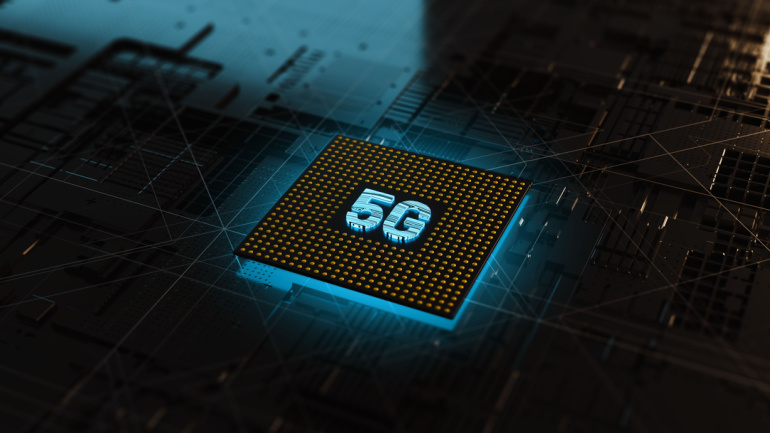Telefónica, the notable Spanish telecom giant, is hinting at sizable workforce reductions. Yet, figures conflict between reports, leaving uncertainty about the affected employee count. Amidst global economic instability, these layoffs align with Telefónica’s strategic shift to prioritize cash generation and operational excellence. Such a move echoes other industry leaders’ recent job cuts, suggesting a broader trend.
As Portugal’s telecom operator Nos marks two years of 5G services, it declares readiness to launch services on a new 5G standalone infrastructure. Despite the slower than expected progress, Nos’s move signifies a key contribution to the sector. Intriguingly, the viability and potential benefits of this new infrastructure remain a matter of debate. With collaborations with Nokia and Ericsson, Nos envisions a surge in ultra-low latency services.
Global mobile core network market’s slowest quarterly growth since 2017, according to Dell’Oro, is attributed to tough political and economic conditions and slower 5G network rollouts. Distinctively unstable trends mark the sector, with Huawei holding the lead in provider rankings for Q3.
Italian telecom provider Wind Tre faces hurdles in selling infrastructure due to complex 5G network sharing negotiations with rivals Iliad and Fastweb. CK Hutchison delays the deal closure by three months to February 12, citing challenges with Iliad and Fastweb. Meanwhile, Indosat Ooredoo Hutchison’s $6 billion merger in Indonesia with Huawei’s support achieves significant growth. France’s Orange introduces satellite broadband, while Norway’s Telenor sells its satellite operations. FCC’s new broadband rules target discrimination, raising concerns of unintended consequences. Mavenir and Nokia achieve remarkable Open RAN interoperability, overcoming past criticisms and showcasing commitment to multi-supplier systems.
In a push for universal cybersecurity standards, the EU faces backlash from global telecommunications titans like Ericsson and Nokia, who warn of supply chain disruptions akin to those experienced during COVID-19. Striking a balance between stringent security measures and smooth product availability is crucial, prompting these industry leaders to suggest increased self-assessment and more lenient implementation timeframes. However, the underpinning question remains – who should ensure industry compliance, the vendors or third parties? Amidst the surge in cybercrime, a secure, streamlined approach is paramount.
Networking the future with simple text or voice commands? That’s what Nokia’s Bell Labs envisions with their new AI-centric technology – Natural-Language Networking. This breakthrough could revolutionize how network resources are managed by learning user needs over time, resulting in a self-regulating and adaptive system. As a pivotal part of the ambitious UNEXT programme, this technology simplifies network management, aiming for a seamless yet independent functioning of all network elements. An interactive OS that learns and anticipates need – the future of telecoms is unfolding right now.
Telecom News | Week #44: T Challenge, End of Vodafone Spain, Nokia’s Technology Strategy 2030, Samsung and O2 testing vRAN.
Swedish telecom giant, Ericsson, navigates uncertain market conditions as shares nosedive due to less-than-stellar sales and the aftermath of Vonage acquisition. CEO Börje Ekholm’s outlook paints a cautious but proactive stance into 2024, with reiteration that long-term EBITA margin targets remain unaltered. Despite this, debates swirl around the company’s decision to acquire Vonage and its impact on the downturn. Could potential partnerships and strategic moves towards Open RAN and Cloud RAN be the missing puzzle pieces to Ericsson’s comeback?
Telecommunication giant BT, in collaboration with Nokia and MediaTek, is exploring the potential of 5G Reduced Capability (RedCap) for Internet of Things (IoT) applications. Recently conducted trials at BT’s research centre aimed at uncovering new use-cases for this technology, which, simplified and less complex than 4G, promises a more efficient IoT ecosystem. As suggested by BT’s Chief Networks Officer, Greg McCall, the RedCap technology could “unlock a new wave of innovation” within the 5G landscape.
In an exciting move, Vodafone and Arm have united to innovate within the telecom industry, developing an adaptable platform with Arm-based processors ideal for Open RAN base stations. Their collaborative effort showcases both parties’ commitment in enriching the competitive Open RAN landscape, offering robust computational power for 5G services and improved energy efficiency. In addition, illustrious companies like SynaXG, Ampere Computing, and Fujitsu are lending their expertise to test and validate this technology. The joint venture also presents opportunities for Vodafone to reach its net-zero targets.













